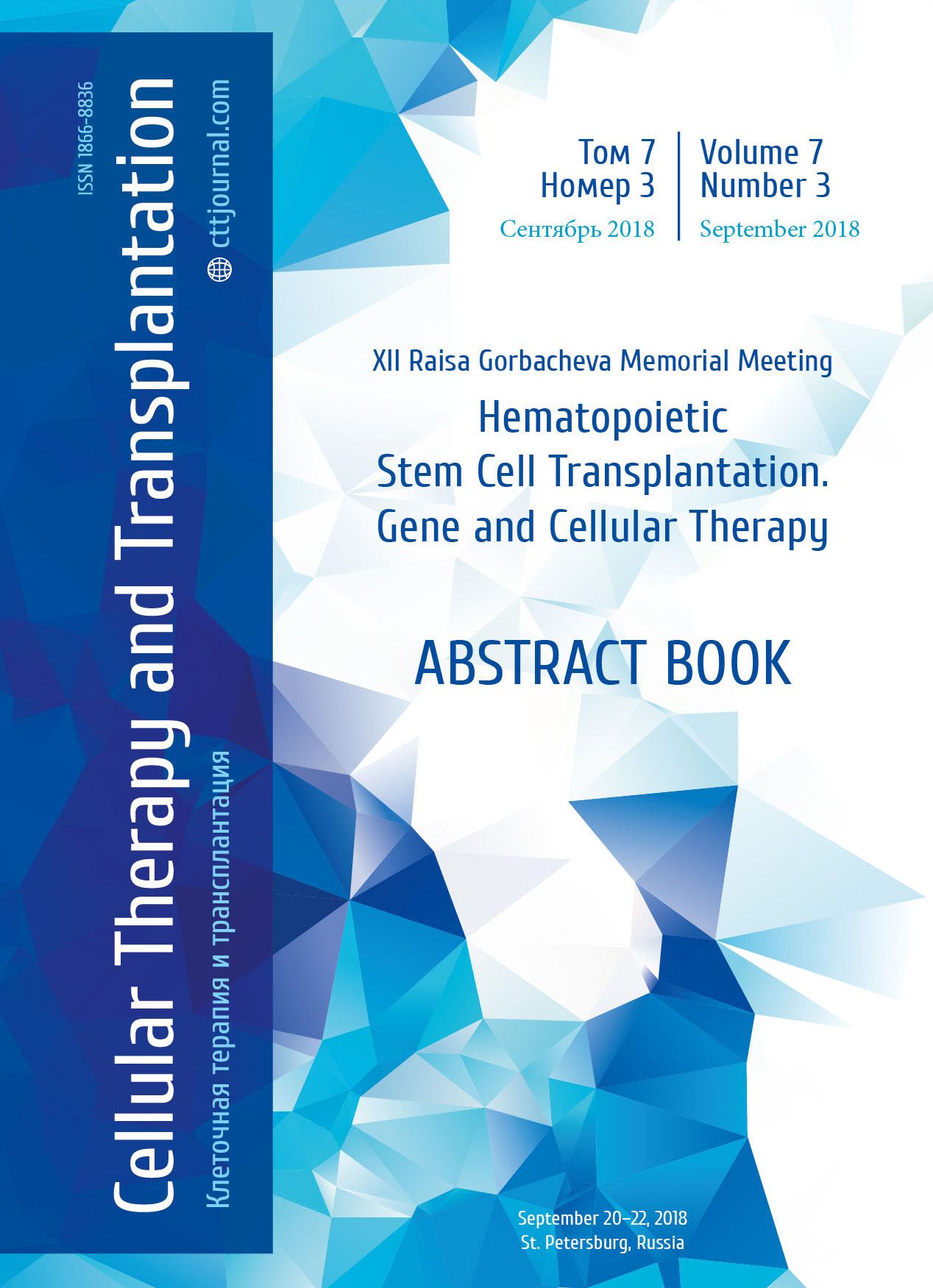Preparation of parenteral medications in Riga Children’s Clinical University Hospital’s pharmacy
Summary
Introduction
The role of pharmacy in the Children’s Hospital and the services provided are now much wider than 5 years ago. In Europe hospitals are trying to shift the responsibility for preparing drugs, especially sterile ones, for pharmacists, thereby facilitating the work of nurses. The purpose of preparing drugs in a hospital pharmacy is to obtain a high-quality, sterile, ready-for-use medication prepared in special, convenient and safe conditions for workers, ensuring rational use of medicines.
Aims
Our aims were as follows: (a) To find out what conditions must be met to create an aseptic unit in a hospital pharmacy, to study appropriate requirements, necessary inspections, current problems; (b) To assess features of safe and quality preparation and turnover of cytotoxic drugs in the hospital; (c) To investigate the difficulties of preparing antibiotics for parenteral administration in a hospital pharmacy, and (d) To investigate the needs of the hospital and variety of prescriptions of parenteral nutrition, their turnover and preparation with automatic compounder device.
Results
(a) For aseptic unit in a hospital pharmacy clean room, special ventilation, laminar flow cabinets, microbiological validation, validation of employees, special disposable clothing and accessories, sanitary schedule are necessary. In order not to face problems, it is recommended to develop a project in advance with a clear goal, which preparations the pharmacy will prepare. (b) For cytotoxic drugs, negative pressure is required in a separate preparation area, a special laminar flow cabinet for cytotoxic drugs, goggles and a mask, special gloves, trained personnel, special disposable supplies, including closed drug transfer systems, and also a program for preparation and prescription of drugs could be useful. (c) Providing parenteral antibiotics to hospital patients can face various problems, such as: poor contact with medical staff, frequent changes of antibiotic doses, frequent changes in antibiotics due to analysis, cancellation of already prepared antibiotics, short stability of antibacterial drugs, and lack of material benefit in centralized preparation of cheap antibiotics. (d) The patients at the hospital need both individual formulas of parenteral nutrition, and standard mixtures introduced for administration to infants, children from 3 to 15 kg and from 15 to 30 kg body mass. The compounder devices improve quality of working conditions for personnel, reduce the amount of manual labor, speed up the preparation time, but require a minimum of two persons for their maintenance.
Conclusions
The centralized preparation of parenteral drugs at the pharmacy of the Children’s Hospital has its advantages and disadvantages. One of the main advantages is the long shelf-life of the prepared medications, the safety of preparation of toxic drugs for personnel, the minimization of the manual labor for employees, the rational use of medicines. In the hospital pharmacy, you can achieve the desired quality and preparation conditions, centralizing the process, passing the required checks, maintaining purity levels every day, and establishing contacts with medical personnel. The process can be improved permanently. The main future goals are as follows: mutual cooperation with medical personnel, mechanization of monotonous processes, computer-assisted support of all prescriptions, incompatibility checking, and improving the way of ordering drugs by the doctors.
Keywords
Parenteral treatment, cytotoxic preparations, pharmacy, working regulations, logistics, pediatric hospital.


